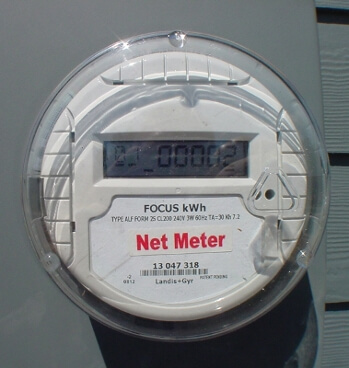
If you are reading this article, chances are you’re considering solar for your home and are trying to understand how changes to net metering will impact your solar savings. While Solar Billing "NEM 3.0" is different than Net Metering 2.0, installing solar panels still makes a lot of financial sense given California's hot summer weather, ample sunlight and high cost of electricity.
What was net metering?
Net metering was a system that allowed solar customers (as well as users of other renewable energy systems like wind turbines, etc) to receive credits on their electric bill for any excess electricity their solar systems produce. These energy credits could be applied to offset electricity purchased from SCE at night or on cloudy/rainy, or hot days. Excess spring production would be applied to summer consumption etc. This arrangement is what made solar panels economically feasible for homeowners without the use of expensive energy storage systems such as batteries.
How is solar billing different from net metering 2.0 for SCE customers?
The major difference is that you are no longer being credited full retail rate for the power you are sending to the grid. This could be a big problem if batteries didn't exist but fortunately they do and at SolarShoppers we will design your system with a battery to take advantage of the new rules.
